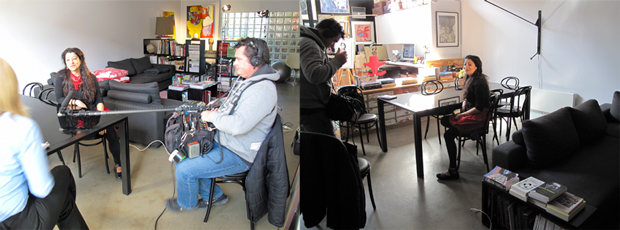 Continuing on with my awareness for Pudendal Neuralgia and all things pelvic pain, I didn’t pass up the request from A Current Affair to speak about nerve pain and my experience with it and its treatment, predominately focusing on the peripheral stimulation implant. PainAustralia who have become a great support for me and who recently interviewed me for this story; Social Media for Pain Education were contacted initially by A Current Affair asking if they could recommend anyone who had nerve pain and had found relief from a stimulation implant.
Continuing on with my awareness for Pudendal Neuralgia and all things pelvic pain, I didn’t pass up the request from A Current Affair to speak about nerve pain and my experience with it and its treatment, predominately focusing on the peripheral stimulation implant. PainAustralia who have become a great support for me and who recently interviewed me for this story; Social Media for Pain Education were contacted initially by A Current Affair asking if they could recommend anyone who had nerve pain and had found relief from a stimulation implant.
Admittedly a little weary of ACA’s style of filming and my preference to not impose my pain onto others, I still agreed realising I could reach many chronic pain sufferers and also give them courage if they were considering a stimulation device implant.
So, here I am, and tonight there I will be, on A Current Affair in all of chronic ‘neuro’ pain’s putrid reality and sharing the modern chronic back pain treatments that truly did save my life and now have me living again. I’m hoping they won’t cut out the emphasis I made about my Theo treatment, he truly is my largest form of pain relief.
And while I have this great opportunity to raise awareness relating to chronic pain, I’d like to add that in no way has my WorkSafe Insurer contributed to any of the costs for this life saving, $60,000 device. I’ll be forever grateful to my private health insurer who forked out a whopping $54,000 of the expense. All other medical costs relating to my injury including the $6,000 gap for the device (and any treatments over the last two years) have been seen as unrelated to my work injury by the WorkSafe Insurer. The implant in particular was not covered on account that my Neurosurgeon’s letter was seen as insufficient. Below is a copy of my surgeon’s letter to my WorkSafe Agent case manager (without personal names) and the snippets of correspondence relating to the matter (I have loads of paperwork but basically this sums up the support (not) from WorkCover:
Dear Mr (case manager),
Re: Medical Report for Soula Mantalvanos
Thank you for your letter of 8 April regarding Soula.
In response to your queries, I would answer as follows:
Soula was referred to me by Mr Roy Carey (Orthopaedic Surgeon) in October 2010. Her history was that of, in 2007, having fallen to the floor on her right buttock from a fitball that had burst. She has suffered severe local sacrococcygeal pain ever since. She failed to respond to a great variety of conservative treatments at the … and obtained pain relief only by lying inert most of the time. She appeared to have coccydynia. A coccygectomy was reluctantly being considered. This procedure is frequently unsuccessful in relieving coccygeal pain other than in fairly specific circumstances and I felt it worthwhile offering her a trial of peripheral field stimulation in the first instance.
Temporary stimulation was carried out on 19 January, 2011 and resulted in very considerable pain relief. It was agreed that we should proceed to permanent implantation of a peripheral nerve field stimulating system. The permanent implantation took place on 2 February, 2011 at Melbourne Private Hospital.
I saw Soula for review on 24 March, at which stage she reported that her system was working very well and giving her substantial pain relief. She still found that she had to work within her own pre-set limits of functional activity but was now able to get around the house and to be able to sleep. Examination revealed completely healed wounds and no evidence of infection.
With regard your specific points:
1. Was the surgery successful and did it proceed without complications?
The surgery appears to have been successful in so far as it has provided a considerable degree of pain relief, increased mobility and improved quality of sleep. It proceeded without major complication. There was some concern in the first week that she may have a superficial wound infection but this proved not to be the case.2. Did the surgery result in increased function/reduced symptoms/pain?
See above.3. If so, please provide details.
Formal assessment in terms of reduction of pain on visual analogue scale and outcome measures were not undertaken at the time of the first clinic review as it was felt too early to make any useful such measurements. More useful assessment will be made at around three months from the time of surgery at the time of Soula’s next clinic appointment4. Did these improvements result in an increased capacity for work and participation in rehabilitation/training?
This will need to be assessed at the time of her next visit.5. Has the surgery assisted the patient to progress towards self-management?
Yes.6. What restrictions are now recommended to RTW?
See above.Please do not hesitate to contact me if further information is required.
Yours sincerely
(Neurosurgeon’s name)
And after I had taken the matter to conciliation I received this from the WorkSafe Agent and please entertain me and check the dates of the letters and the words in red below where the Insurer states they did not receive my surgeon’s letter (which I personally emailed copies of after the surgeon mailed his!!!!):
22 July 2011
I am writing to you about the letter dated 15th December 2010 from (Neurosurgeon’s name) received by (WorkSafe Agent’s name), requesting payment for a trial of peripheral field stimulation x 2 electrodes for you.
The role of (WorkSafe Agent’s name)
(WorkSafe Agent’s name) can pay the reasonable cost of elective surgery required as a result of a work-related injury or illness according to the Accident Compensation Act 1985 (the Act).
Review of your surgery request
(WorkSafe Agent’s name) has now completed a review of your surgery request. When reviewing your surgery request consideration was given to:
the Act, the WorkSafe Victoria Elective Surgery Policy, your WorkSafe claim history and information, the information your surgeon provided.
As part of the review process (WorkSafe Agent’s name) also attempted to obtain further information from (Neurosurgeon’s name) however nothing has been received to date.
(WorkSafe Agent’s name)’s decision
(WorkSafe Agent’s name) are unable to approve the requested trial for peripheral field stimulation x2 electrodes because:
- Your injury or illness is no longer considered to be work related as per the medical panel’s opinion dated 16th November 2009
- Therefore, the trial for peripheral field stimulation x2 electrodes is not considered a reasonable medical and like expense according to section 99 of the Act.
Reasons for this decision
The decision not to pay for your trial for peripheral field stimulation is based on the following supporting information:
The Medical Panel Opinion dated 16th November 2009 states that you previously suffered from a soft tissue injury of the lumbo-sacral spine, relevant to the claimed injury, which has now resolved and the Panel conclude the worker is not suffering from any physical medical condition relevant to the claimed injury.
Based on the available information (WorkSafe Agent’s name) are unable to approve the requested procedure.


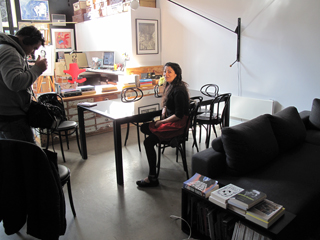


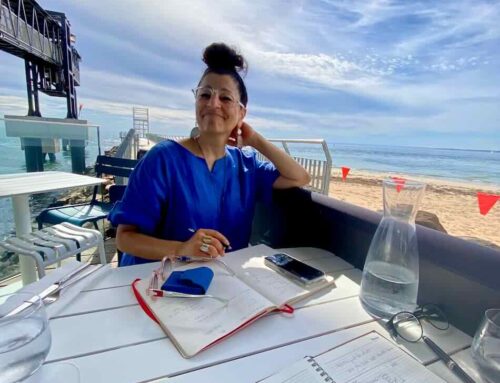

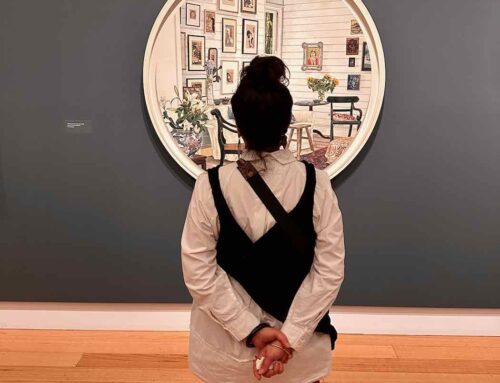
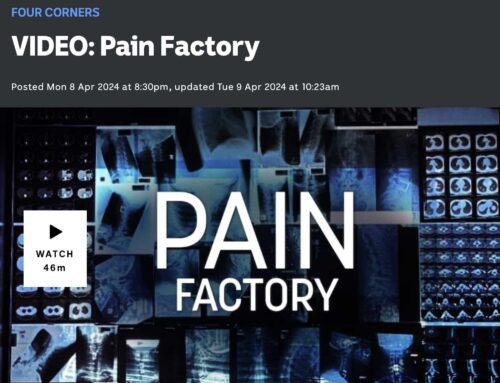
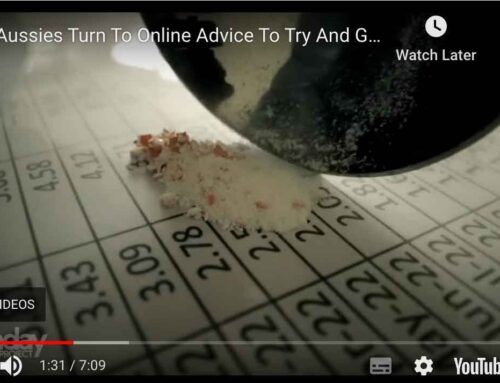

100% hear and feel you and totally agree that we all deserve the recognition. Bless you too and I wish you strength in going forward with your management. Thank you for taking the time to comment and send me blessings. xxxx
I am trying this again as the last page I was on I think did not go through. As a fellow PNE sufferer due to congenital entrapment that was brought to light 4 years ago after doing floor exercises for my disc degeneration I wanted to let you know what an inspiration you are to all of us who suffer from this incredible monster known as pudendal neuropathy or entrapment. I too am an artist only my work is done in the pastry arts. As a once vibrant healthy woman except for a hysterectomy 10 years ago, I have competed in international pastry competitions in NYC to have become a victim of this vicious monster known as PN. I am still in mourning for the woman I once was and probably will be for the rest of my life but I refuse to give up. I am housebound now and for the most part bedridden. This had taken the very best part of me and left me with a shell of who I once was. I do not know how I will make it from one day to the next. Trying to explain chronic pelvic pain to someone who is blessed not to have it can be frustrating and exhausting. I have been this way 4 years now and have had every nerve injection, trigger point injections and surgery which did nothing for me and added insult to injury to be quite honest. Years of PT , too many meds to count. Next for me is possible cryoablation and if that does not help spinal stim. I refuse to give up my life at 57 years of age. I have made a vow to myself and God that if I can help anyone navigate the tortures of PN I will do so with a glad and kind heart. I have been through it all. And to all of those Drs out there who say just relax I want to ask them to walk in my shoes for just one day. Maybe then they will know this hellish torture of a condition called PN or in my case PNE. I must admit I am angry at PN but I will not let it defeat or define the person I once was and am trying so hard to find even the smallest bit of her that I can once more. If this has be given to me for a greater and larger purpose I want to find that answer so that I may help someone else with our same condition, this monster known as PN. Being in pain has a way of changing who you are especially when it is chronic pain with very few treatment options. Meds that change who you are, change your body with little benefit are not how I want to spend the rest of my life. I will continue to search until I find the light out of this darkness. PN is a disease no one knows about or wants to talk about. We hear it all about other disease’s over and over again. Pelvic pain is a taboo subject that needs to be brought out into the light like any other disease. We need more treatment options and as PN sufferers more respect from the medical community. This is not in our heads and doing some deep breathing will not make this hellish monster go away. How many times do we all need to hear just relax and do some deep breathing. If it were that easy I would be cured by now. Pelvic pain is not something that anyone makes up, who would want to and who would want this. So in closing I must thank you Soula for talking about the elephant in the room no one wants to date speak about. Speak up and shout if need be. We all need more respect and better treatments from those we trust to help us on our journey of healing. Bring PN to the forefront like any other disease. We deserve that much. Thank you Soula for making this beast known through your website and your blogs. May you always be blessed to have the beautiful things in this life in spite of living in chronic pain. Helen Mazzoli
Hi Rose, indeed where there is a will there is a way! We have to stay strong and keep searching for our relief. Good luck.
I to have PNE since 2008 after an operation, still trying things, Stamford Protocol is on my list. America seems so much more advanced in these conditions . Where there’s a will there a way
Can you give more information please Marie?
I have had PNE since 2008. Trying everything and considering the Stamford protocol in Calafornia $$$$ saving. Everyday is a big challenge
Thank you Kathryn! let’s hope I reach a few people and give them hope.
Thank you for being so brave Soula, looking forward to the programme.